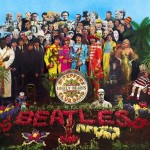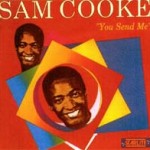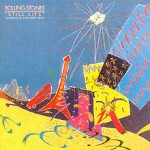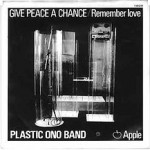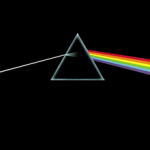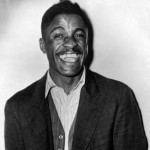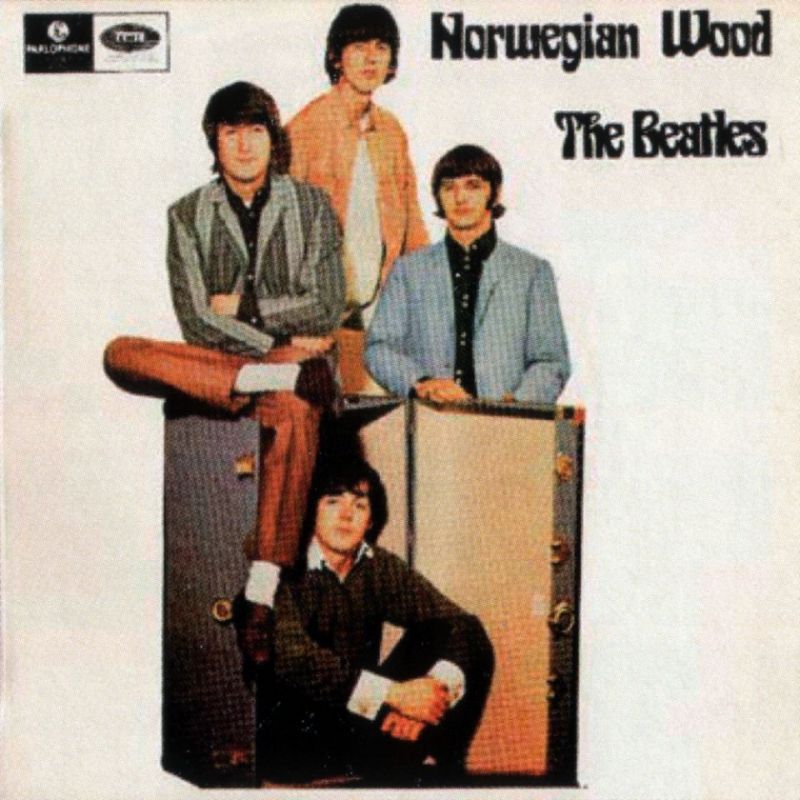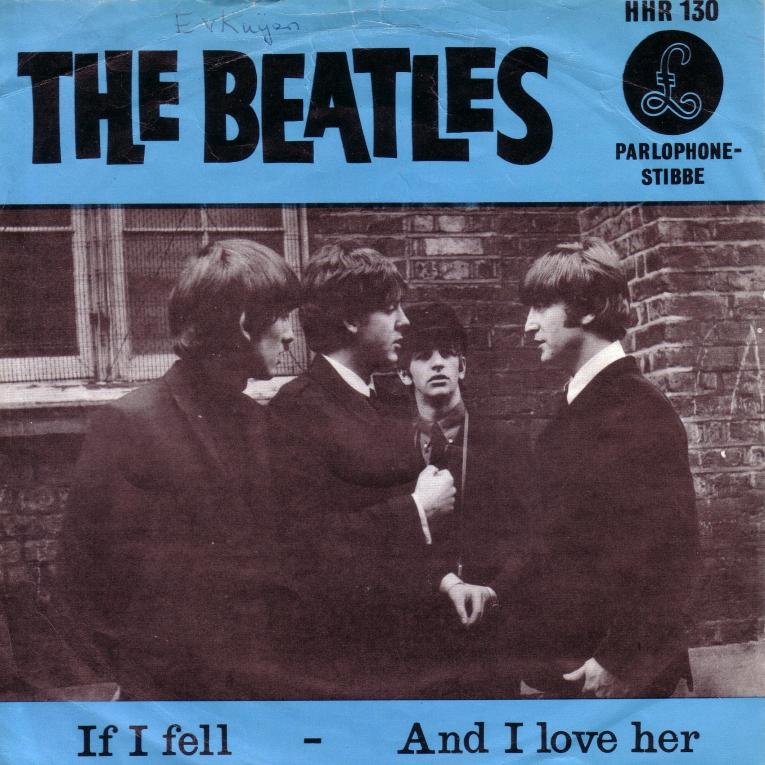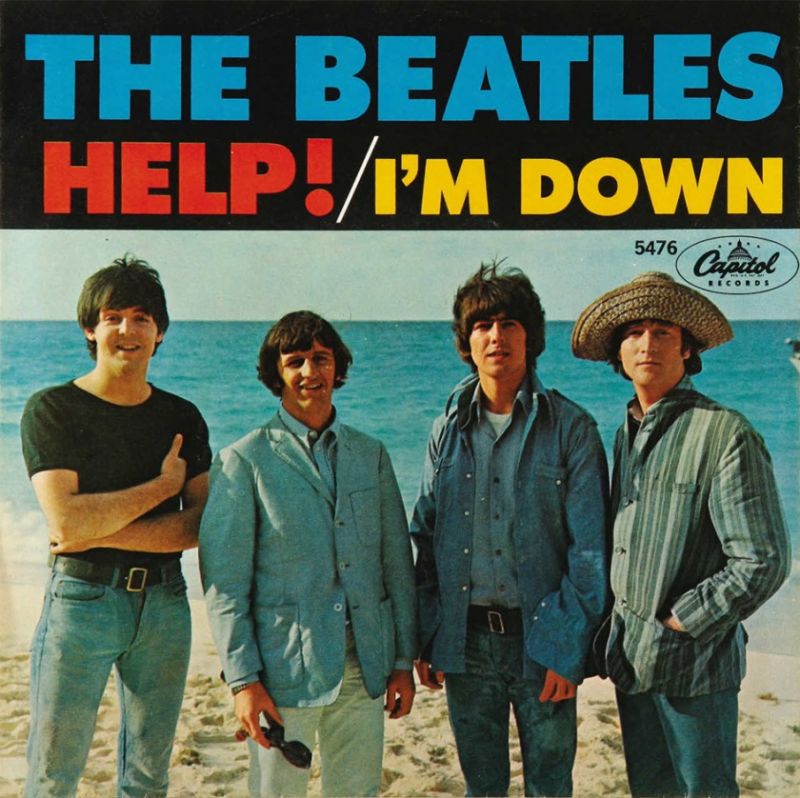
“The whole Beatles thing was just beyond comprehension. I was subconsciously crying out for help”.
– John Lennon (1980)
Help! is a song by the Beatles that served as the title song for both the 1965 film and its soundtrack album. It was also released as a single, and was number one for three weeks in both the United States and the United Kingdom.
Help! was mainly written by John Lennon, but credited to Lennon–McCartney.
“I seem to remember Dick Lester, Brian Epstein, Walter Shenson and ourselves sitting around, maybe Victor Spinetti was there, and thinking, What are we going to call this one? Somehow Help! came out. I didn’t suggest it; John might have suggested it or Dick Lester. It was one of them. John went home and thought about it and got the basis of it, then we had a writing session on it. We sat at his house and wrote it, so he obviously didn’t have that much of it. I would have to credit it to John for original inspiration 70-30. My main contribution is the countermelody to John.”
– Paul McCartney (Paul McCartney: Many Years From Now)
The Beatles – Help! (live):

